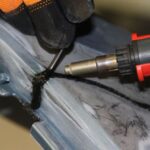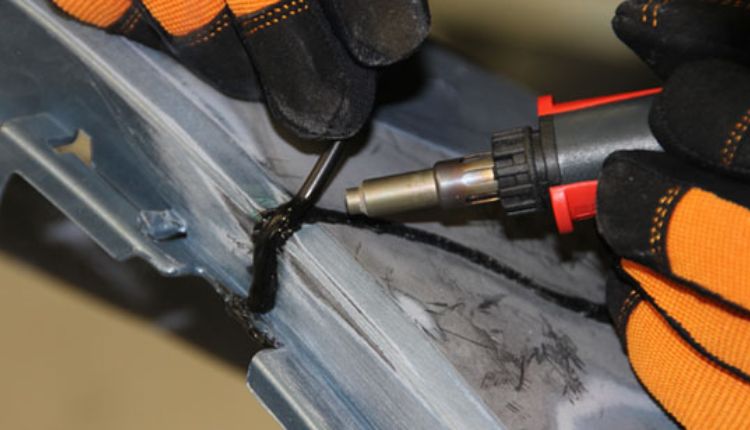Plastics have been the backbone of many industries, including packaging, construction, and electronics. And surprisingly, plastic-made things don’t need any screws or glue to join. They are joined using a technique called plastic welding. It has become a fundamental mechanism of modern industries.
In this blog, we will learn about what plastic welding is, common techniques, tools used and applications.
What is Plastic Welding?
Plastic welding is a process through which two thermoplastic components are bonded together using heat, pressure or friction until the materials melt and fuse into a single solid component. As opposed to adhesives, welding creates a strong molecular bond that is more stable and resistant to wear, chemicals and stress. This renders it the choice in the industries where accuracy and consistency are important.
Common Processes of Plastic Welding
Dissimilar uses require various methods. The most common ones are the following:
Hot Plate Welding
In this case, the plastic parts are fused by the metal plate, which has been heated. Once the components have been softened, they are joined to form a permanent bond. When it comes to large parts and automotive parts, it is the ideal solution.
Ultrasonic Welding
The high-frequency vibrations produce heat in the joint, and it melts the plastic instantly. This is a rapid cleaning and consumes less energy; this technique is therefore prevalent in the production of electronics and medical equipment.
Laser Welding
A laser precisely heals and welds plastic parts. It is highly used in medical equipment, sensors and microelectronics as it is extremely precise and causes minimal surface damage.
Spin Welding
It involves pushing the plastic components against one another and swivelling one atop the other and generating frictional heat, therefore, melting the surfaces. This procedure works with round-shaped objects like filters and containers.
Extrusion Welding
The plastic rod is melted and cast between two surfaces, such as the welding of metals. It is used extensively in repair, tanks and pipes.
Plastic Welding Equipment.
The tools are dependent on the method, but some of the most common tools are:
Hot air guns- To be used for hand repair and welding.
Ultrasonic welding machine- To operate with high accuracy and automation.
Laser systems- For fragile and complicated constructions.
The number of plastic welding applications is endless in terms of industries; they are Medical, Electronics, Packaging, Automobile, Construction, etc.
Final Thoughts
Plastic welding is not an easy way to join, still it is one of the drivers of innovation. The more industries embrace new technologies like automation, robotics and laser technology, plastic welding continues to shape industries in a more robust, cleaner and efficient manner. If you are looking for plastic welding, Contact Plastral. It offers high-quality tools and services for all industries.







